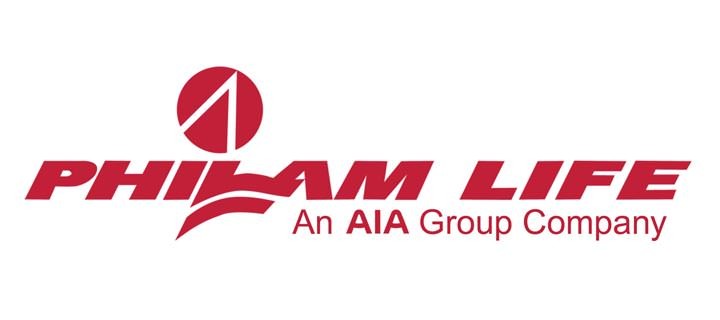If one were to consult sellers, the probability of the benchmark PCOMP Index reaching “bottom” is low. So, the question remains, why are Foreign-domiciled funds still selling? The simple answer is: sellers are taking profit.
Sellers are taking profit because they know that Philippine stocks cannot outperform other stock markets all the time. Thus, this opportunity to take profit now when Philippine stocks are doing well is irresistible. To recall, Philippine stocks “disconnected” from the rest of the world soon after the elections. The local stock market rallied for several weeks after elections while investor sentiment deteriorated globally. As they have in the past, traders will take profit even if they are convinced that the local stock market can outperform most other markets for most of the time.
Traders will stop selling when there is little or no profit left to take, or when the local market is due for a “bounce”. If it is a question of whether the Philippines is “expensive” or “the most expensive” stock market, then no trader nor stock fund would be interested in Philippine stocks at all. “Expensive” is old news.
The expensiveness or intrinsic value of a stock market is driven by the cash flow, growth and risk character of its listed companies – not by the trading pattern or signal generated by technical analysis in charts. The intrinsic value of the Philippine stock market is higher than most other markets because of the persistent reality of stronger cash flows, higher economic growth prospects and lower risk that characterize Philippine companies when compared to many companies in most other markets. The reality is persistent because of the character of the local economy, for example the country’s demographics is in a sweet spot with most of the population in working age.
“Price” is driven by the “weight” of the buy and sell flows of traders. Simply put, it is the balance of the demand and supply of shares that determine price. However, stock prices tend to “approach” their intrinsic value. The estimate of the intrinsic value of Philippine stocks by analysts now stands at 8,166, based on a survey from Bloomberg. Expectedly, as stock prices fall or become cheaper relative to their intrinsic value, demand for Philippine shares will increase.
Investors who have a long-term perspective of the markets and are aware that they cannot ‘catch the bottom’ will take on the view that the current administration’s economic agenda will speak louder than the president’s unpredictable words. Investors will look at the economic agenda to find the cheapest stocks.
Fortunately, the theme of ‘inclusive growth’ which aims to increase the purchasing power and improve the living standards of the majority of the Filipinos makes the most-attractive industries or sectors obvious, that is food and staples retailing, packaged foods and meats, restaurants, and multi-sector holding companies involved mostly in infrastructure.
In order to avoid the predicament of waiting in the wings and remaining un-invested, investors will have to start buying before the traders stop selling. It also keeps investors from getting left behind when the stock market does “bounce”.
Liked this post? Follow SwirlingOverCoffee on Facebook.


